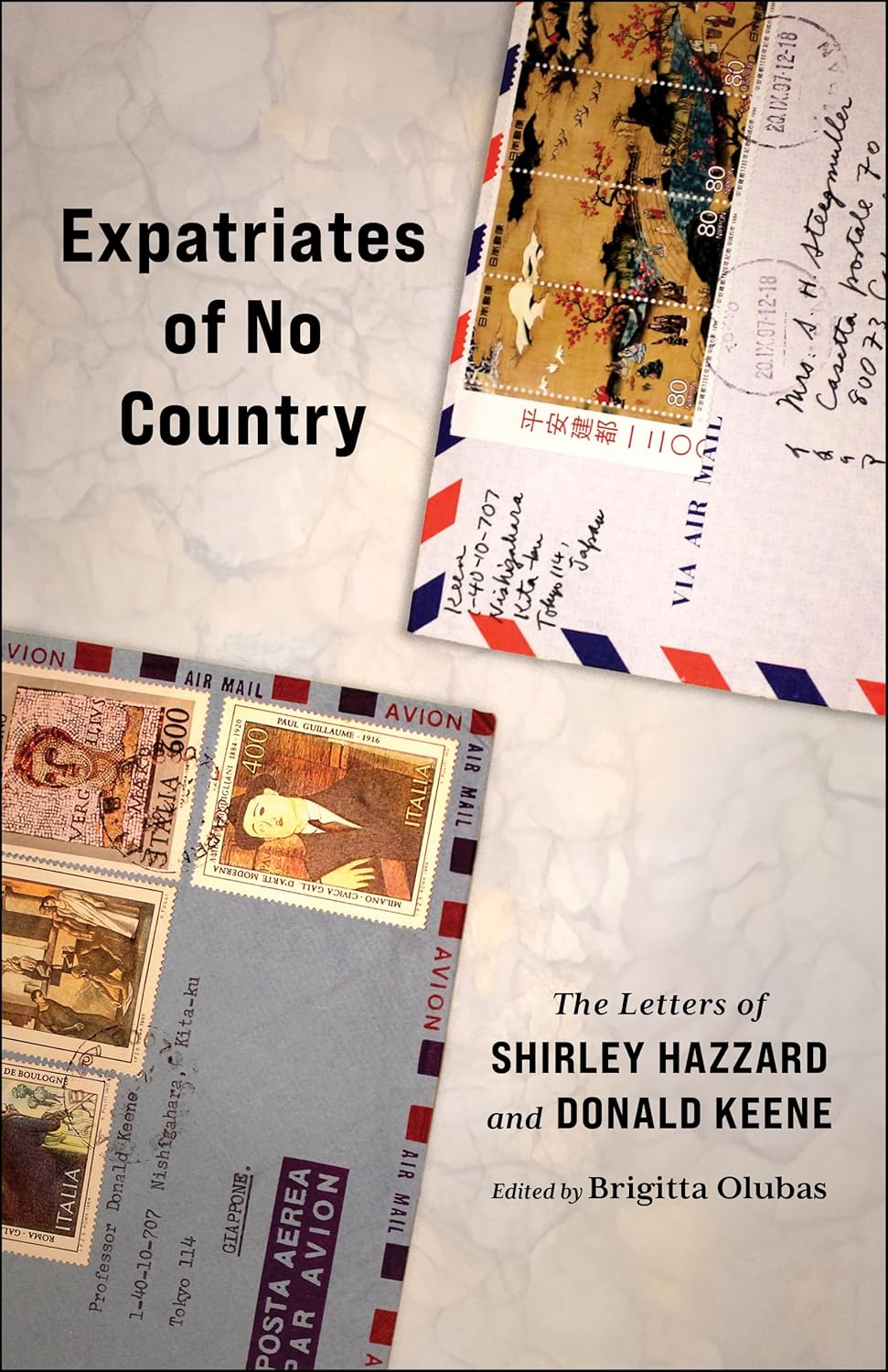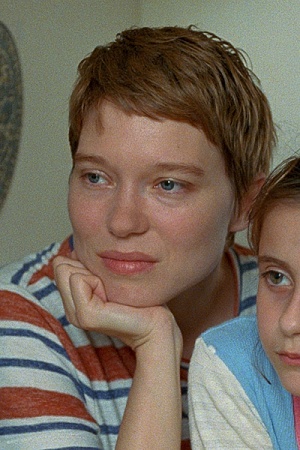Half of a Yellow Sun
A chronicle of Nigeria in the turbulent 1960s, Chimamanda Ngozi Adichie’s novel Half of a Yellow Sun (2006) is, to put it crudely, a page-turner: a story of love, sex, betrayal, horror, heartbreak, and, ultimately, forgiveness. In other words, ideal material for cinema: it is easy to understand why this film adaptation has been described by its star Thandie Newton as a Nigerian Gone with the Wind.
The film marks the feature début of writer–director Biyi Bandele, who is himself known as a novelist as well as for his stage work. Born in Nigeria, Bandele has spent virtually his whole career in the United Kingdom, but this qualifies as a Nigerian film all the same, shot partly on location and with most of the funding provided by local investors. Though the budget is low by blockbuster standards – there are no spectacular battle scenes – it is officially the most expensive Nigerian film yet made, a far cry from the usual rough-and-ready productions of ‘Nollywood’.
Continue reading for only $10 per month. Subscribe and gain full access to Australian Book Review. Already a subscriber? Sign in. If you need assistance, feel free to contact us.















Leave a comment
If you are an ABR subscriber, you will need to sign in to post a comment.
If you have forgotten your sign in details, or if you receive an error message when trying to submit your comment, please email your comment (and the name of the article to which it relates) to ABR Comments. We will review your comment and, subject to approval, we will post it under your name.
Please note that all comments must be approved by ABR and comply with our Terms & Conditions.